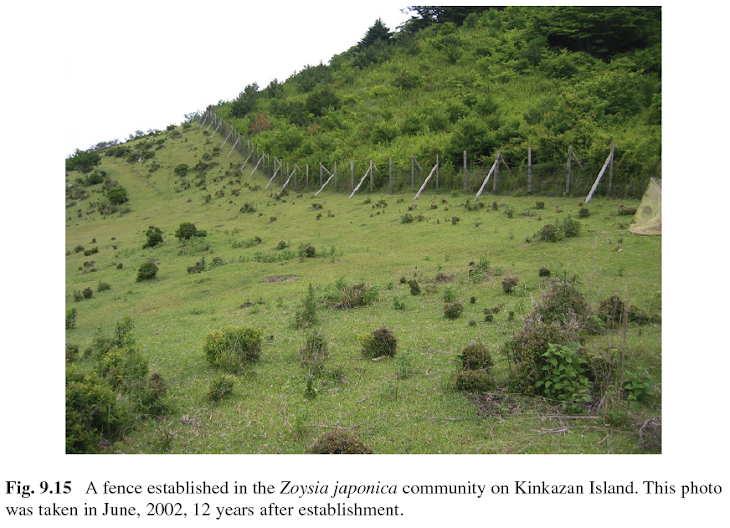GREENWICH, Conn. - A group of Connecticut residents is lobbying state health officials to kill deer to reduce Lyme disease
Georgina Scholl, vice chairwoman of the Connecticut Coalition to Eradicate Lyme Disease, says the abundance of deer is a public health hazard. She says killing deer is the only method that has been found to reduce Lyme disease.
Lyme disease is spread by ticks, which feed off deer and other animals. Scholl's group cites studies that show the deer play a key role in the ticks' reproductive success and is trying to inform the public and lobby health officials.
"It's something whose time has come," said Scholl, a Redding resident. "There's nothing that's been attempted that has successfully reduced Lyme disease."
Animal protection activists vow to fight any efforts to kill deer.
Natalie Jarnstedt, a Greenwich resident, has organized local efforts to oppose the killing of deer and other animals.
"It would be irresponsible to raise people's hopes on reducing the incidence of Lyme disease," she said.
Opponents to deer kills say studies show that certain mice, chipmunks and other small animals carry the Lyme disease bacteria, and ticks carrying Lyme disease will find hosts other than deer.
In addition, reducing the deer herd in Greenwich could be complicated. It's unclear how many deer are in the area.
A survey seven years ago showed that the town has 68 deer per square mile, but more recent studies show Fairfield County has about 30 per square mile. Researchers acknowledge they do not have an accurate method of counting deer, particularly because the animals can roam large areas.
Rick Ostfeld, an animal ecologist at the Cary Institute of Ecosystem Studies in Millbrook, N.Y., said evidence shows drastic reductions in deer numbers that can lead to a drop in tick population on islands and other isolated communities, but that's not necessarily the case in wide-open areas.
For instance, on the institute's 2,000-acre property, where 50 to 70 deer are killed a year as part of a deer-management plan, the tick abundance is no different than in the surrounding areas where there is no deer management, Ostfeld said.
"Over the long term, there is no relationship between deer numbers and tick numbers," he said.
Source: http://www.newsday.com/news/local/wire/connecticut/ny-bc-ct--lymedisease-deer0121jan21,0,3659746.story
Subscribe to:
Post Comments (Atom)




No comments:
Post a Comment